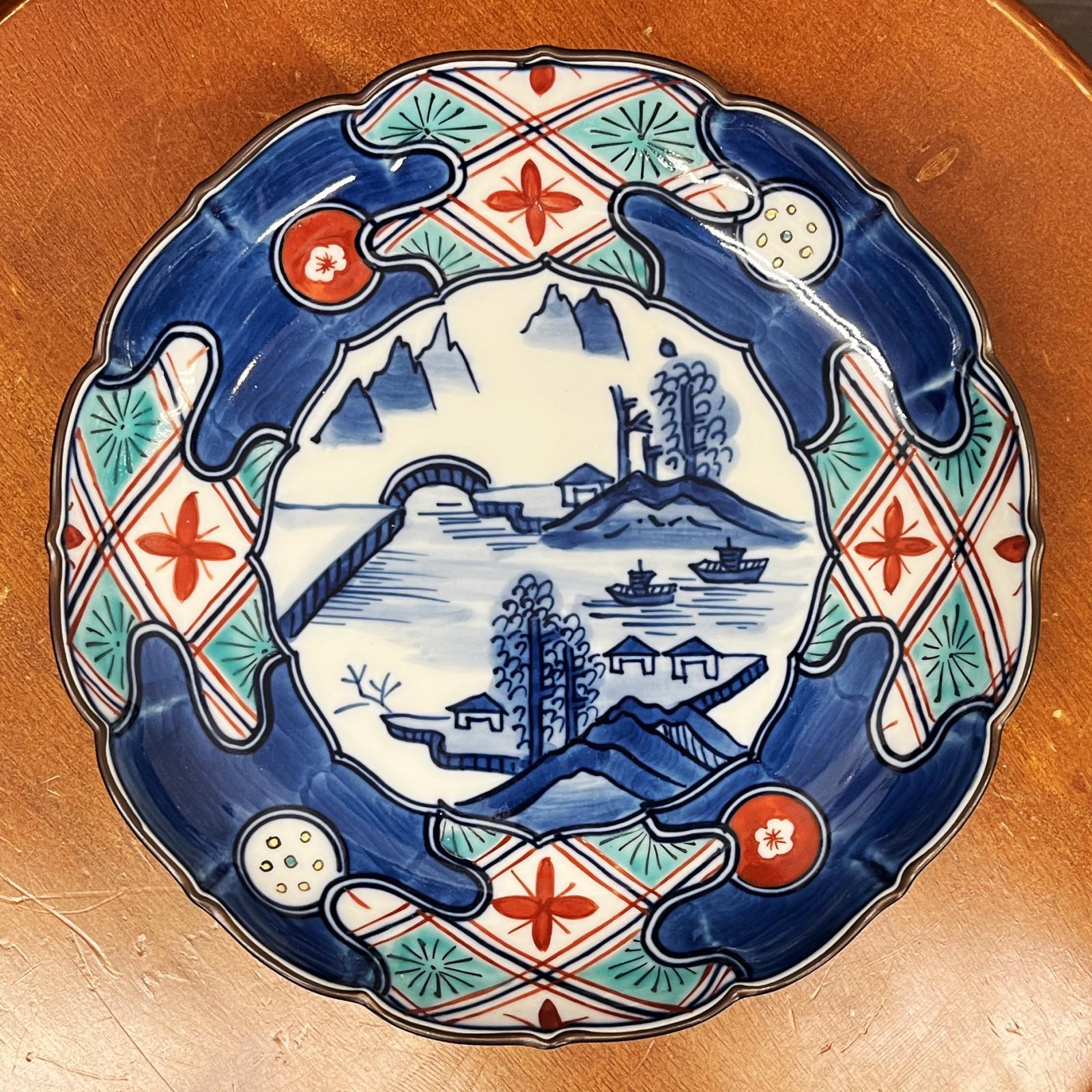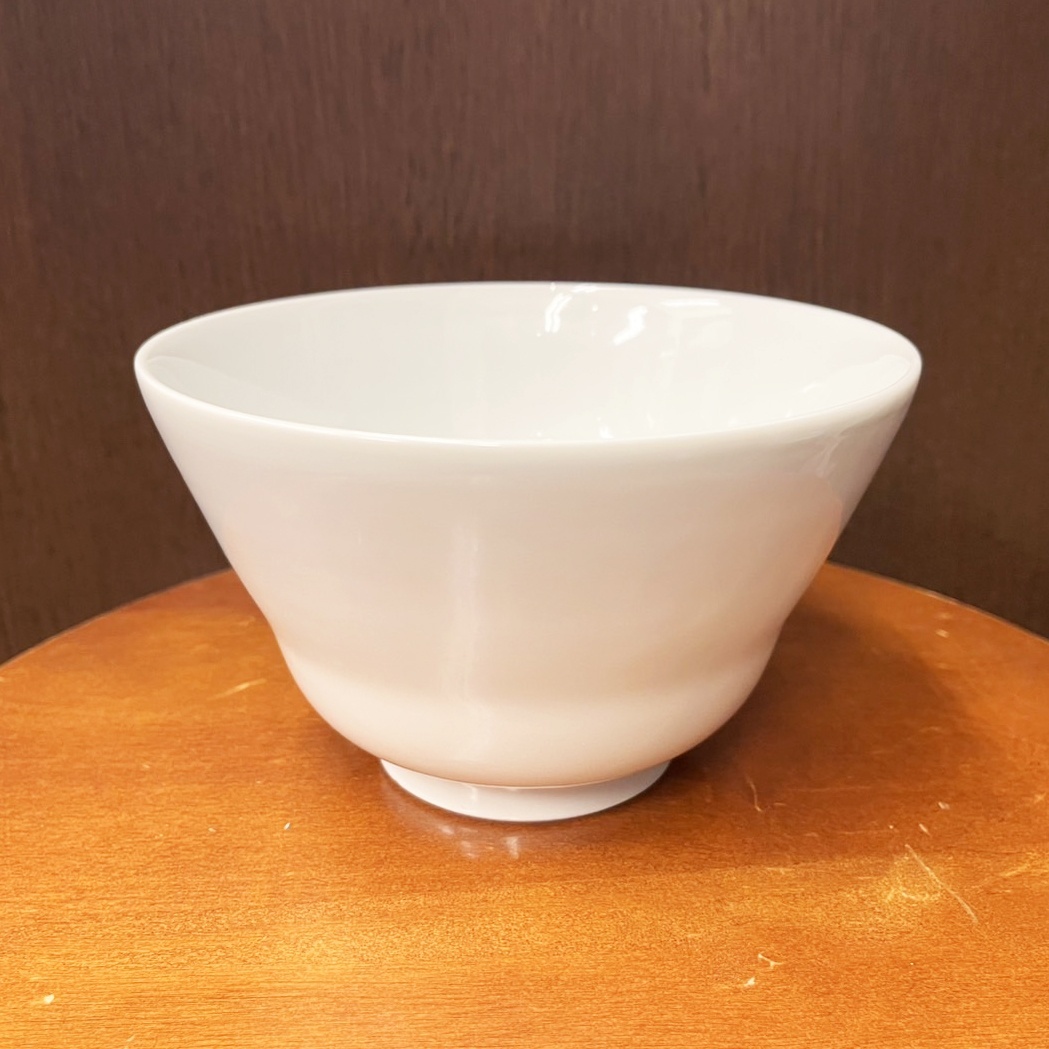|
Arita ware is Japan’s oldest porcelain, originating in the early 17th century in the town of Arita, Saga Prefecture. Known for its pure white and translucent clay body, Arita ware has developed a rich variety of decorative styles, including indigo blue underglaze painting (sometsuke), vivid overglaze enamels in red and gold (akae or kutani), and the elegant simplicity of pure white porcelain (hakuji).
By the mid-Edo period, porcelain made in Arita was shipped from the nearby port of Imari, which led to its being widely known as “Imari ware.” Notably, the Dutch East India Company (VOC), operating out of Dejima in Nagasaki, exported large quantities of Arita ware to Europe. Its refined quality and exquisite ornamentation captivated royalty and aristocrats throughout the West, helping to establish Japanese porcelain as a prized art form around the world.
Today, Arita ware continues to evolve, preserving over 400 years of tradition while embracing modern lifestyles through innovative designs and artistic expression. Celebrated for its practicality on the table and artistic value as a craft, Arita ware remains highly regarded both in Japan and internationally.
|







